Proxima b: Is Earth 2.0 right on our doorstep?
Newly discovered planet has been hiding right under our noses – and it could support life
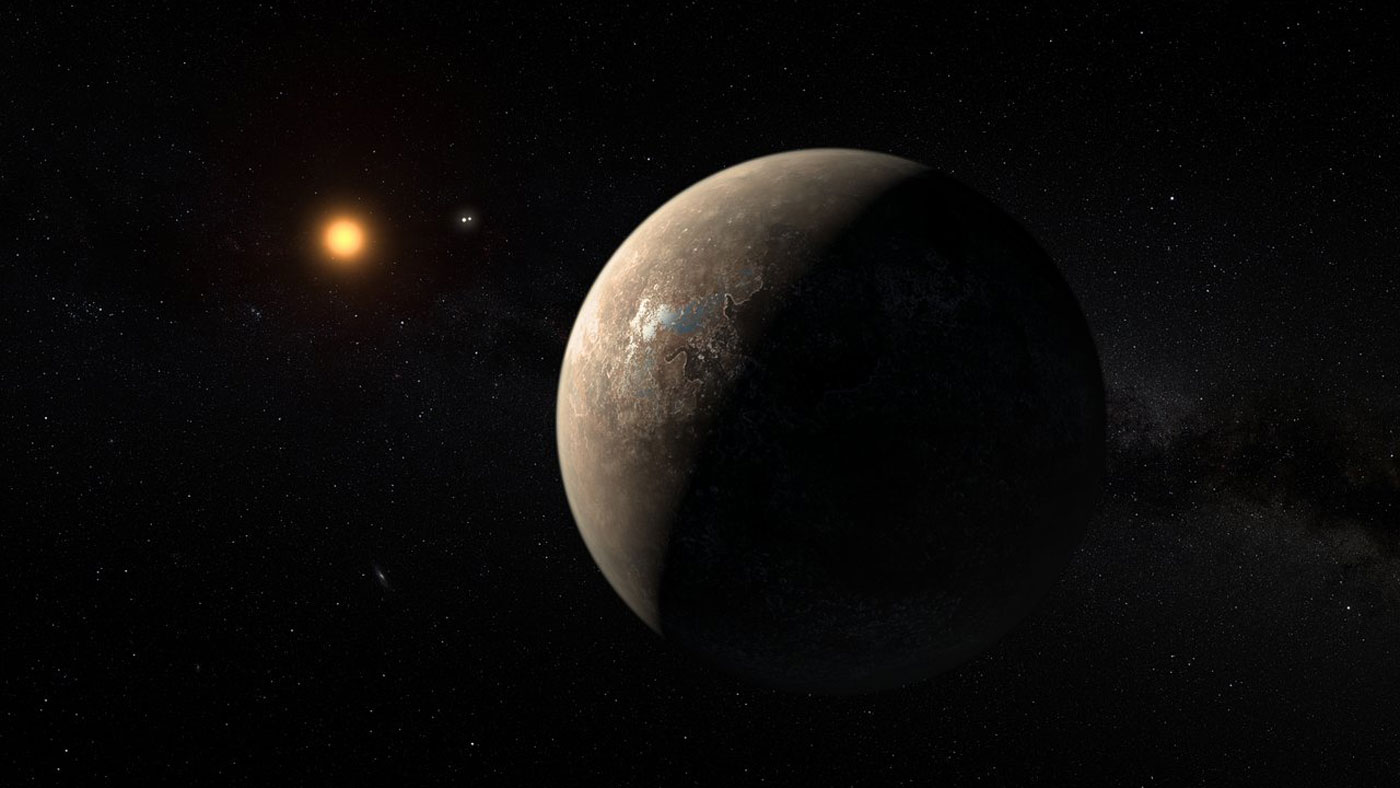
Scientists have discovered a new and potentially habitable exoplanet - and it just so happens to orbit the nearest star to our own Sun.
Thought to be 1.3 times the size of Earth, Proxima b is said to be a rocky planet locked around the red dwarf Proxima Centauri, which can be found around 4.25 light years away.
The new planet's orbit is around 4.6 million miles, much closer than the 93 million miles between us and the Sun. However, as Proxima Centauri is so small, that places Proxima b right in the "Goldilocks zone" – the perfect distance between a planet and a star that allows liquid water to form.
The Week
Escape your echo chamber. Get the facts behind the news, plus analysis from multiple perspectives.

Sign up for The Week's Free Newsletters
From our morning news briefing to a weekly Good News Newsletter, get the best of The Week delivered directly to your inbox.
From our morning news briefing to a weekly Good News Newsletter, get the best of The Week delivered directly to your inbox.
This all sounds very promising. Is there a catch?
Even if all the indicators so far look good, we don't know how habitable Proxima b is for humans and there could be potential pitfalls, says the New Scientist.
For instance, it's probably tidally locked - its rotation in sync with its orbit of Proxima Centauri, casting one side of the planet in perpetual daylight and the other in constant darkness.
Proxima b is also prone to harsh x-ray and UV radiation outbursts from its star, which could pummel chances of life.
A free daily email with the biggest news stories of the day – and the best features from TheWeek.com
Added to that, the scientists know nothing about its atmosphere - if it does indeed have one – while knowledge of its average surface temperature is also fairly low. They could range from -33C to the high hundreds.
Temperatures favourable to life are dependent on the presence of a friendly atmosphere sufficient for keeping water in a liquid state. Researchers will now keep an eye out to see if they can catch a glimpse of the planet "transiting" – crossing – its star, something that could reveal the presence of an atmosphere, says the BBC.
All in all, Proxima b doesn't sound like much of a paradise.
How long would it take us to get there?
We would have to travel some 4.25 light years to reach Proxima b, a lot shorter distance than the 1,400 light years we need to traverse to get to Kelper-452b, the "Earth 2.0" exoplanet announced by Nasa in June 2015, but one that would still take current spaceships tens of thousands of years.
To put that into perspective, Nasa's New Horizons probe, launched in 2006 to perform a flyby of Pluto, has taken almost ten years to travel 327 light minutes.
Research projects into interstellar rockets - such as Breakthrough Starshot, a project backed by Professor Stephen Hawking to develop laser-powered solar sails - could potentially shorten the journey time to decades.
"The discovery of a planet potentially favourable to life in our cosmic neighbourhood is likely to fire the imagination," says the BBC.
And we could see Proxima b soon - a direct image of the planet may be obtainable with the European Extremely Large Telescope, which is being constructed in Chile and is set to become operational in 2024.
-
 ‘Care fractures after birth’
‘Care fractures after birth’instant opinion Opinion, comment and editorials of the day
-
 Shots fired in the US-EU war over digital censorship
Shots fired in the US-EU war over digital censorshipIN THE SPOTLIGHT The Trump administration risks opening a dangerous new front in the battle of real-world consequences for online action
-
 What will the US economy look like in 2026?
What will the US economy look like in 2026?Today’s Big Question Wall Street is bullish, but uncertain
-
 Data centers could soon be orbiting in space
Data centers could soon be orbiting in spaceUnder the radar The AI revolution is going cosmic
-
 Another Starship blast sets back Musk's Mars hopes
Another Starship blast sets back Musk's Mars hopesSpeed Read Nobody was killed in the explosion, which occurred in south Texas
-
 Test flight of orbital rocket from Europe explodes
Test flight of orbital rocket from Europe explodesSpeed Read Isar Aerospace conducted the first test flight of the Spectrum orbital rocket, which crashed after takeoff
-
 Jeff Bezos, Elon Musk and the billionaire space race
Jeff Bezos, Elon Musk and the billionaire space raceThe Explainer Tesla CEO and Amazon founder vie for dominance of satellite launch market and could influence Nasa plans to return to Moon
-
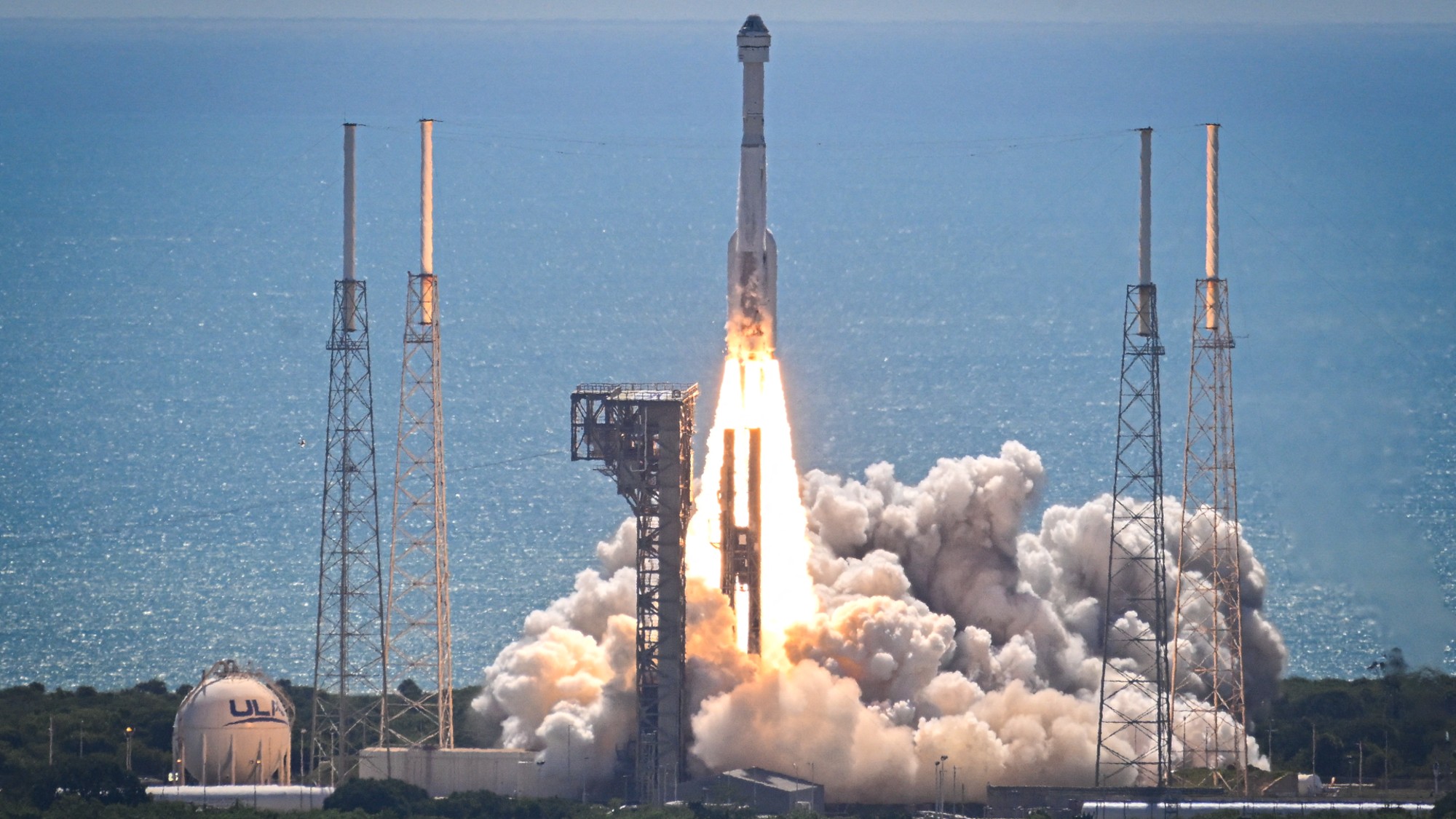 Starliner: What went wrong?
Starliner: What went wrong?Today's Big Question Boeing spacecraft has had a 'long, difficult road'
-
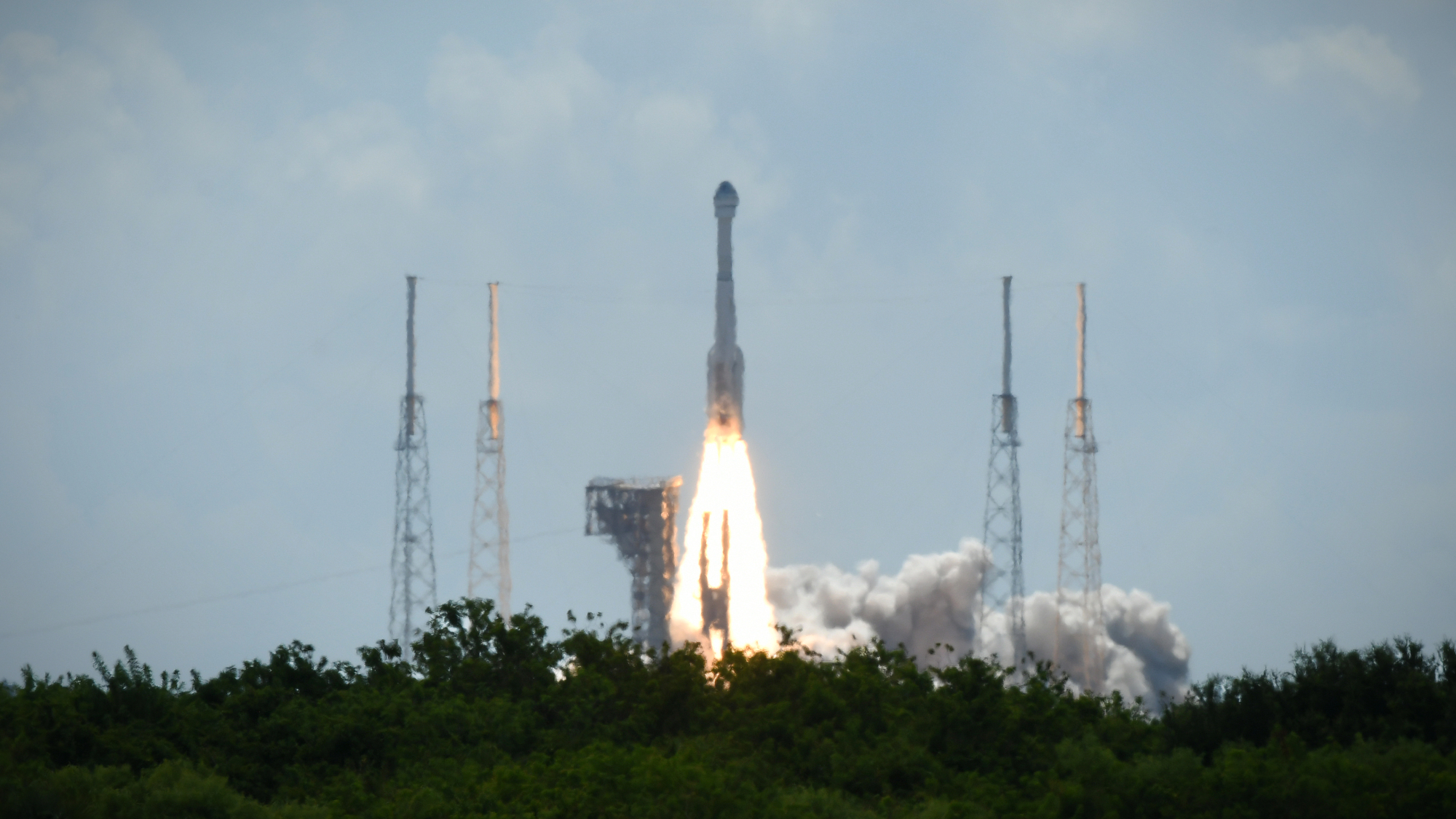 Boeing, SpaceX successfully test key rockets
Boeing, SpaceX successfully test key rocketsSpeed Read Boeing’s Starliner docked at the ISS and SpaceX completed its fourth test launch of its Starship spacecraft
-
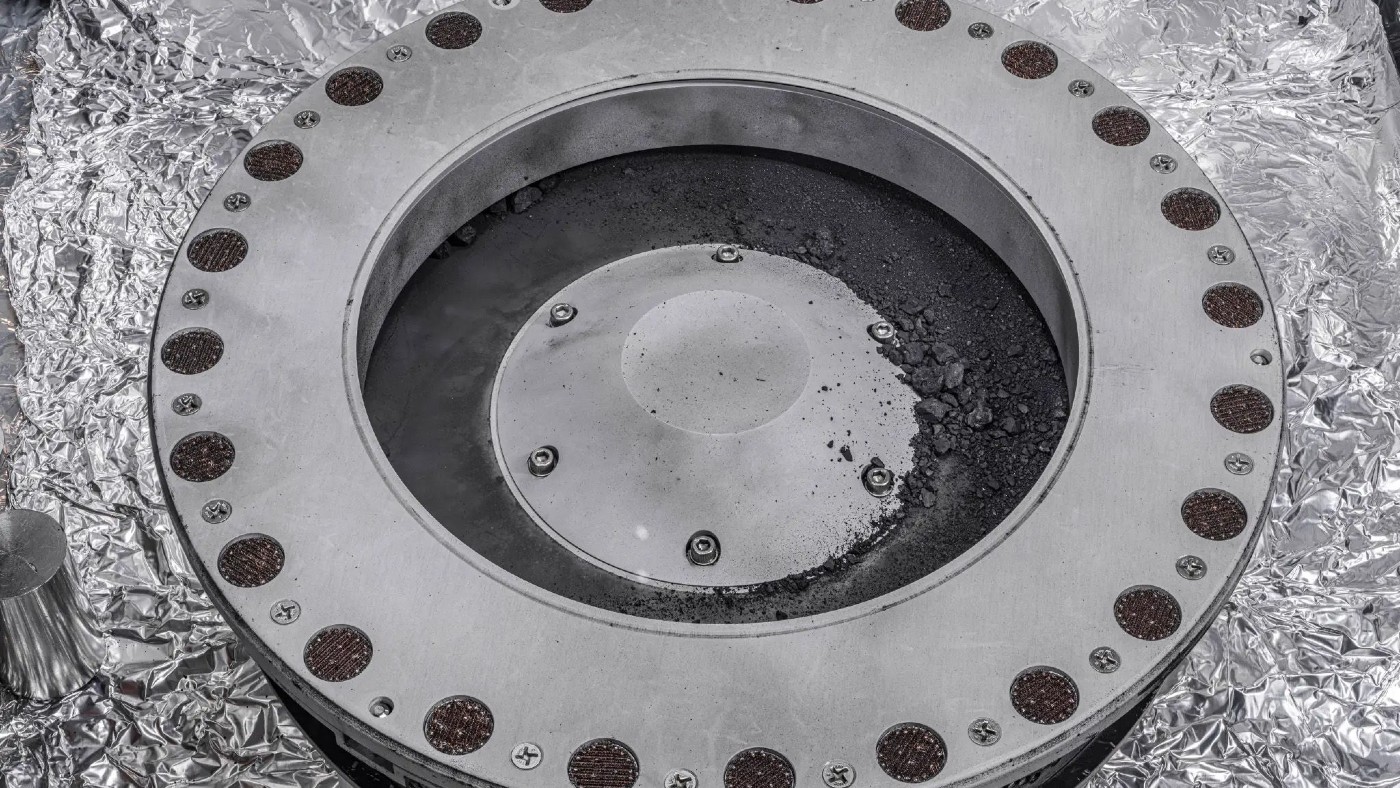 Nasa reveals first findings from asteroid that could explain origins of life
Nasa reveals first findings from asteroid that could explain origins of lifeSpeed Read Sample from Bennu has been found to contain an abundance of water and carbon
-
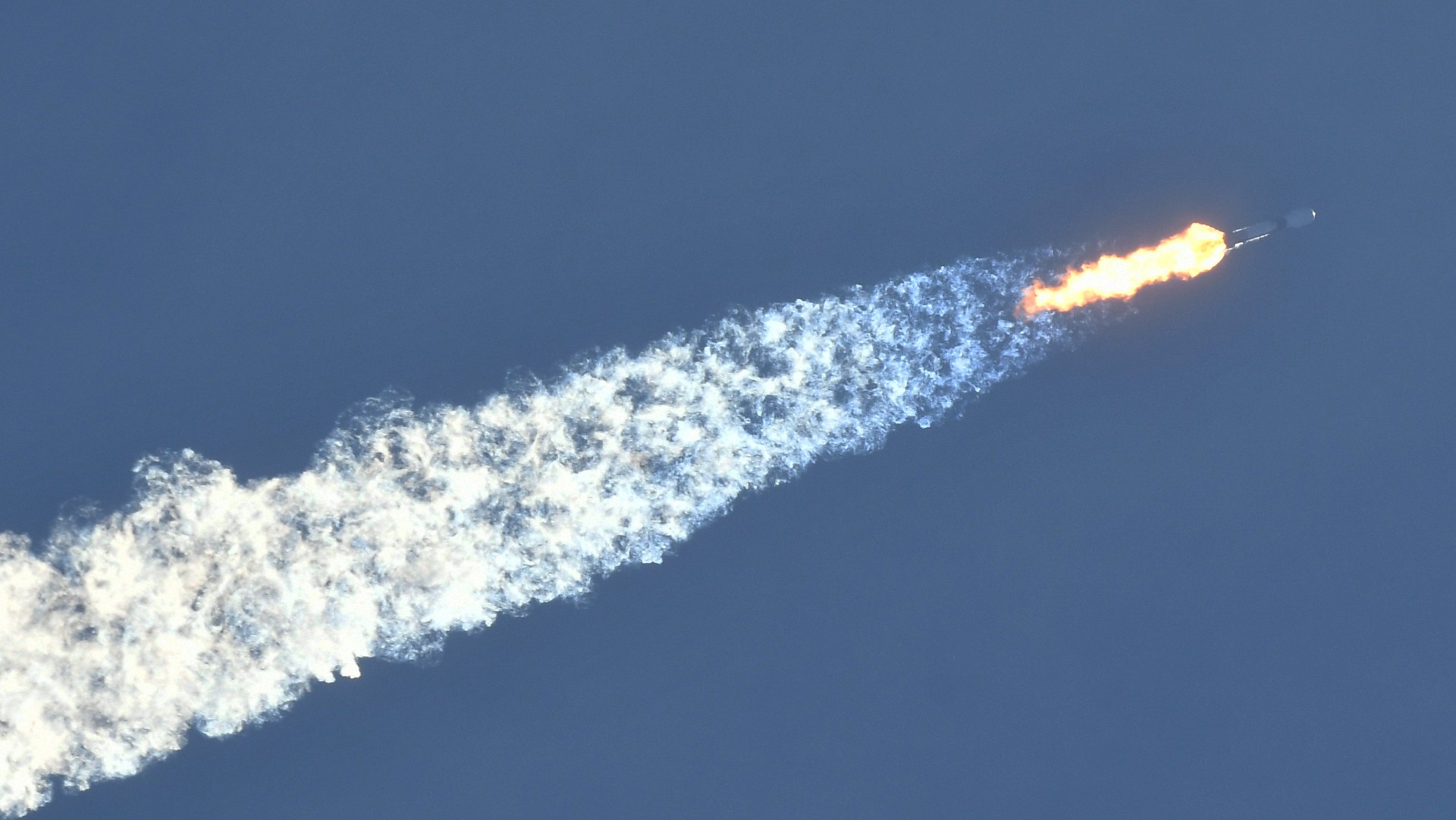 How worried we should be about space debris
How worried we should be about space debrisfeature As part of a rocket washes up in Australia scientists warn ‘critical mass’ of orbital junk could only be decades away